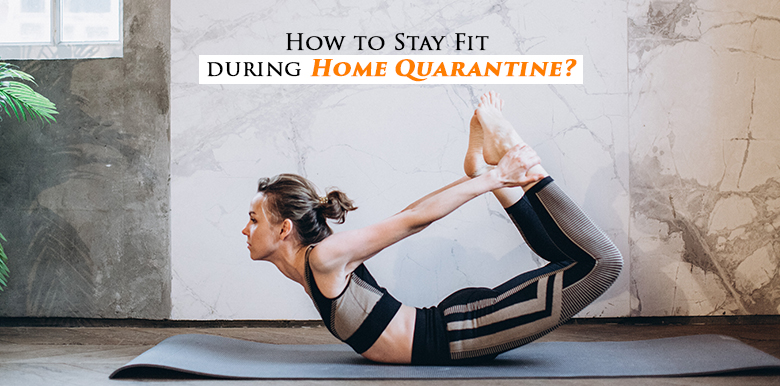In the quarantine, you may be tempted to just curl up on the couch and binge-watch Netflix, or lose yourself all day in a great novel. But regular exercise is important for your well being, preventing weight gain, boosting your mood; and keeping you as healthy as possible during this challenging global pandemic.
Self-quarantine can also cause additional stress and challenge the mental health of citizens. Physical activity and relaxation techniques can be valuable tools to help you remain calm and continue to protect your health during this time.
Following are some tips on how to stay active in this quarantine-
1. Take short active breaks during the day – You may use the suggested exercises below as inspiration to be active every day. Dancing, playing with children, and performing domestic chores such as cleaning and gardening are other means to stay active at home.

Cleaning
2. Follow an online exercise class – Take advantage of the wealth of online exercise classes. Many of these are free and can be found on YouTube. If you have no experience performing these exercises, be cautious and aware of your own limitations.
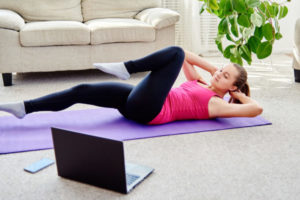
Online exercise class
3. Walk – Even in small spaces, walking around or walking on the spot, can help you remain active. If you have a call, stand or walk around your home while you speak, instead of sitting down. If you decide to go outside to walk or exercise, be sure to maintain at least a 1-meter distance from other people.
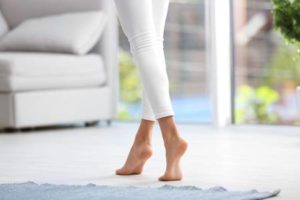
Walk
4. Stand up – Ideally, aim to interrupt sitting and reclining time every 30 minutes. Consider setting up a standing desk by using a high table or stacking a pile of books or other materials, to continue working while standing. During your inactive leisure time prioritise cognitively stimulating activities, such as reading, board games, and puzzles.
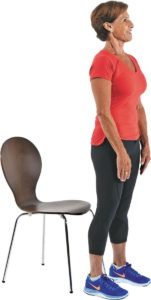
Stand Up
5. Relax – Meditation and deep breaths can help you remain calm. There are lots of ways to relax. Some ways are designed to relax your mind and some to relax your body. But because of the way the mind and body are connected, many relaxation methods work on both the mind and the body.
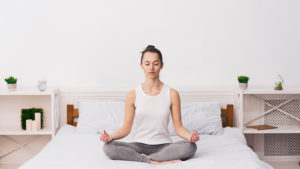
Relax
Home based exercise –
1. Knee to elbow – Touch one knee with the opposite elbow, alternating sides. Find your own pace. Try to perform this for 1–2 minutes, rest for 30–60 seconds, and repeat up to 5 times. This exercise should increase your heart and breathing rates.
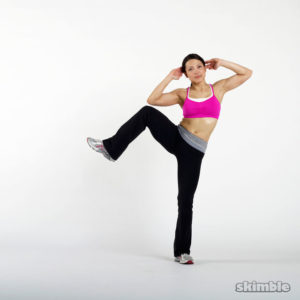
Knee to elbow exercise
2. Plank – Support your forearms firmly on the ground, with the elbows under the shoulders. Keep the hips at the level of the head. Hold for 20–30 seconds (or more, if possible), rest for 30–60 seconds, and repeat up to 5 times. This exercise strengthens your belly, arms and legs.
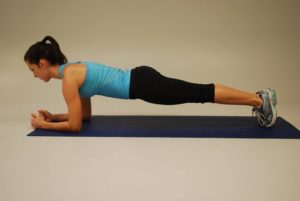
Plank exercise
3. Squats – Place your feet at hip distance with the toes pointing slightly outwards. Bend the knees as much as feels comfortable, keeping the heels on the ground and the knees over (not in front of) the feet. Bend and stretch the legs. Perform this exercise 10–15 times (or more), rest for 30–60 seconds, and repeat up to 5 times. This exercise strengthens your legs and glutes.
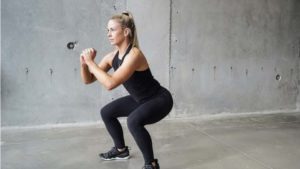
Squats exercise
4. Side knee lifts – Touch your knee with your elbow, lifting the knee to the side, alternating sides. Find your own pace. Try to perform this for 1–2 minutes, rest for 30–60 seconds, and repeat up to 5 times. This exercise should increase your heart and breathing rates.

Side knee lift exercise
5. Legs up the wall – Bring your hips close (5–10 cm) to the wall and let your legs rest. Close your eyes, relax your body and progressively deepen your breathing. Concentrate on your breath, trying not to focus on any thought or concern. Rest in this pose for up to 5 minutes. This position is meant to be comfortable, relaxing and de-stressing.
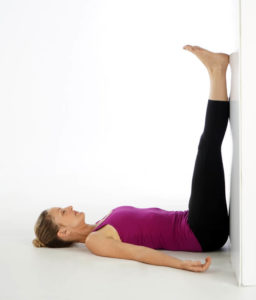
Leg up the wall exercise
For optimal health, it is also important to remember to eat healthily and stay hydrated. WHO recommends drinking water instead of sugar-sweetened beverages. Limit or avoid alcoholic beverages for adults and strictly avoid these in young people, and pregnant and breastfeeding women, or for other health reasons. Ensure plenty of fruits and vegetables, and limit the intake of salt, sugar and fat. Prefer whole grains rather than refined foods.
